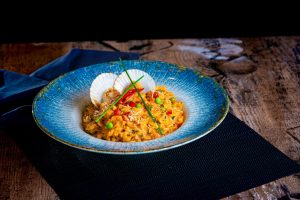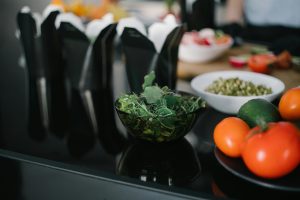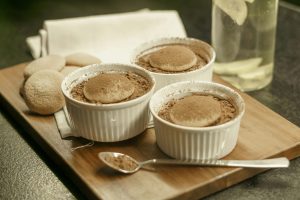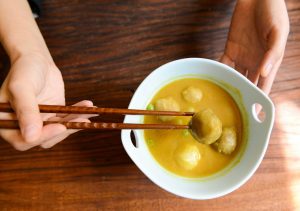Food Photography Lighting: Capturing Delicious Images with Natural Light
Food photography has become increasingly popular in recent years, with the rise of social media and the emphasis on visually appealing content. In order to capture mouth-watering images of food, proper lighting is essential. While there are various lighting techniques that can be utilized, natural light remains an ideal choice for food photography. In this article, we will delve into the basics of food photography lighting and how natural light can be used to capture delicious images that will leave your viewers drooling.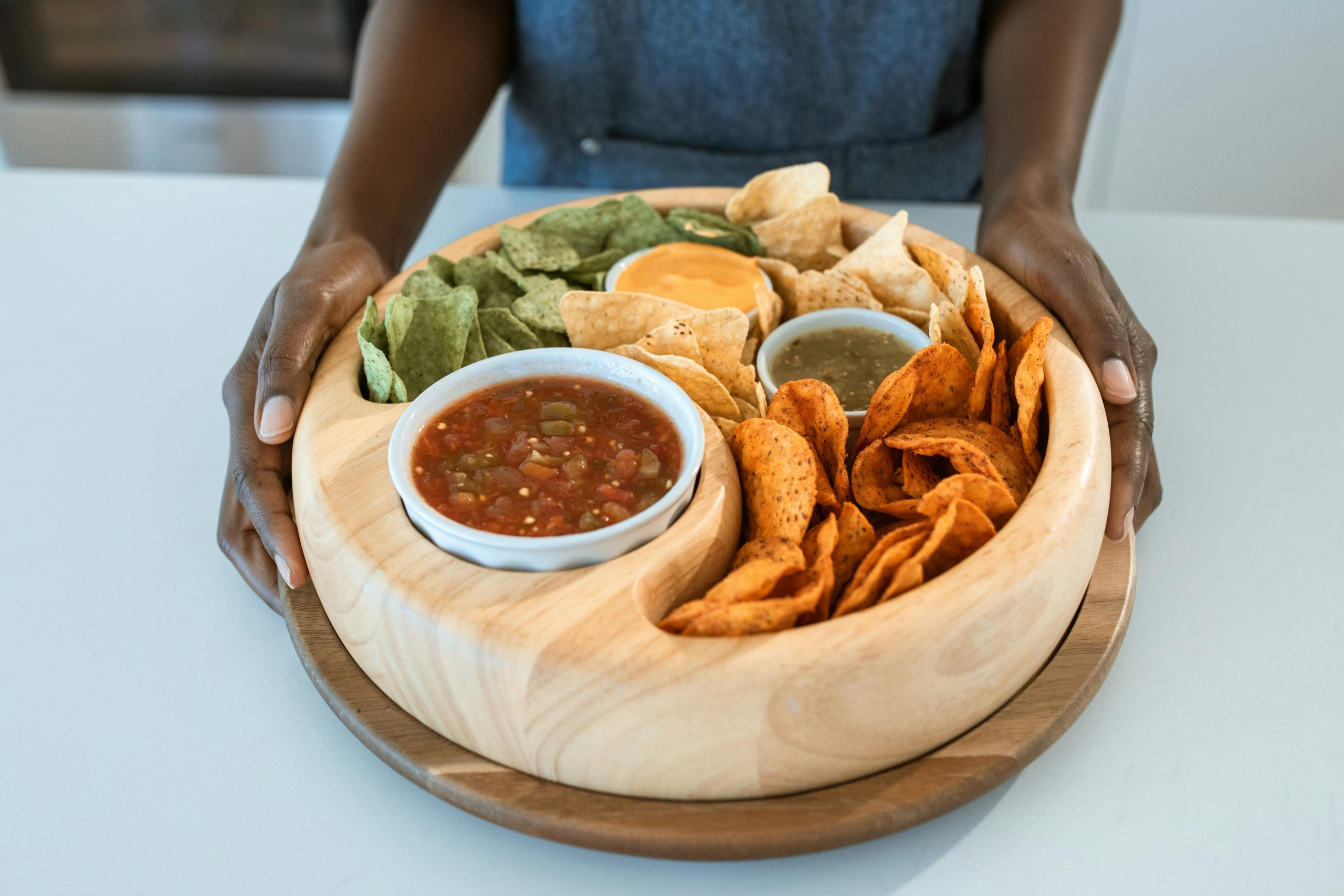
The Importance of Lighting in Food Photography
When it comes to food photography, lighting is crucial for creating stunning and appetizing images. The right balance of light can make all the difference in how the food looks in a photo. The goal of food photography is to make the viewer crave the food they see and ultimately want to taste it. Proper lighting can enhance the textures and colors of food, creating a more inviting and enticing image.
The Advantages of Natural Light
Natural light is the most readily available and cost-effective source of lighting for food photography. It is also the most preferred by professional food photographers. One of the main advantages of natural light is its ability to bring out the natural colors of the food. This is especially important for food that is vibrant in color, such as fruits and vegetables. With natural lighting, there is less need for color correction in post-processing, resulting in a more natural and realistic-looking image.
In addition, natural light is versatile and can be manipulated to create different moods and effects in photos. The soft, diffused light of an overcast day can create a moody and dramatic look, while bright sunlight can add a warm and summery feel to the image. This versatility allows for more creativity and experimentation in food photography.
Tips for Capturing Delicious Images with Natural Light
1. Utilize Window Light
Natural light coming through a window can provide soft and even lighting for food photography. Windows also act as a natural diffuser, softening the harsh shadows that can occur with direct sunlight. When shooting near a window, try to position the food parallel to the window for the most even lighting. If the light is too harsh, you can use a sheer curtain or a white sheet to act as a diffuser and create a softer light.
2. Avoid Direct Sunlight
While natural light is great for food photography, direct sunlight can create harsh shadows and highlights that can be unflattering for the food. If shooting outdoors, try to find a shaded area or shoot during the golden hour, which is the hour before sunset or after sunrise when the sunlight is softer and more golden in color.
3. Use Reflectors
Reflectors are an essential tool in natural light food photography. They help to fill in shadows and create a more even lighting on the food. You can use a white foam board or a reflector specifically designed for photography. Place the reflector opposite the window, opposite the direction of the light, to bounce the light back onto the food.
4. Experiment with Props and Backgrounds
When shooting with natural light, it’s important to pay attention to the background and props used in the photo. The right background and props can enhance the mood and add depth to the image. Experiment with different options to see what works best for the food you are photographing. A rustic wooden background, for example, can add a warm and cozy feel to the image, while a marble background can add a touch of elegance.
5. Don’t Be Afraid to Play with Shadows
Shadows can add dimension and depth to food photography. Instead of trying to eliminate all shadows, use them to your advantage. They can create contrast and drama in the image. When shooting with natural light, the direction and intensity of the shadows will change throughout the day, giving you more options to play with.
In Conclusion
Natural light is a powerful tool for capturing delicious and visually appealing food images. With the right techniques and a little creativity, you can use natural light to enhance the natural colors and textures of food and create stunning images that will make your viewers crave the food they see. So next time you’re shooting food, don’t underestimate the power of natural light and experiment to see what works best for the particular food you are photographing.

